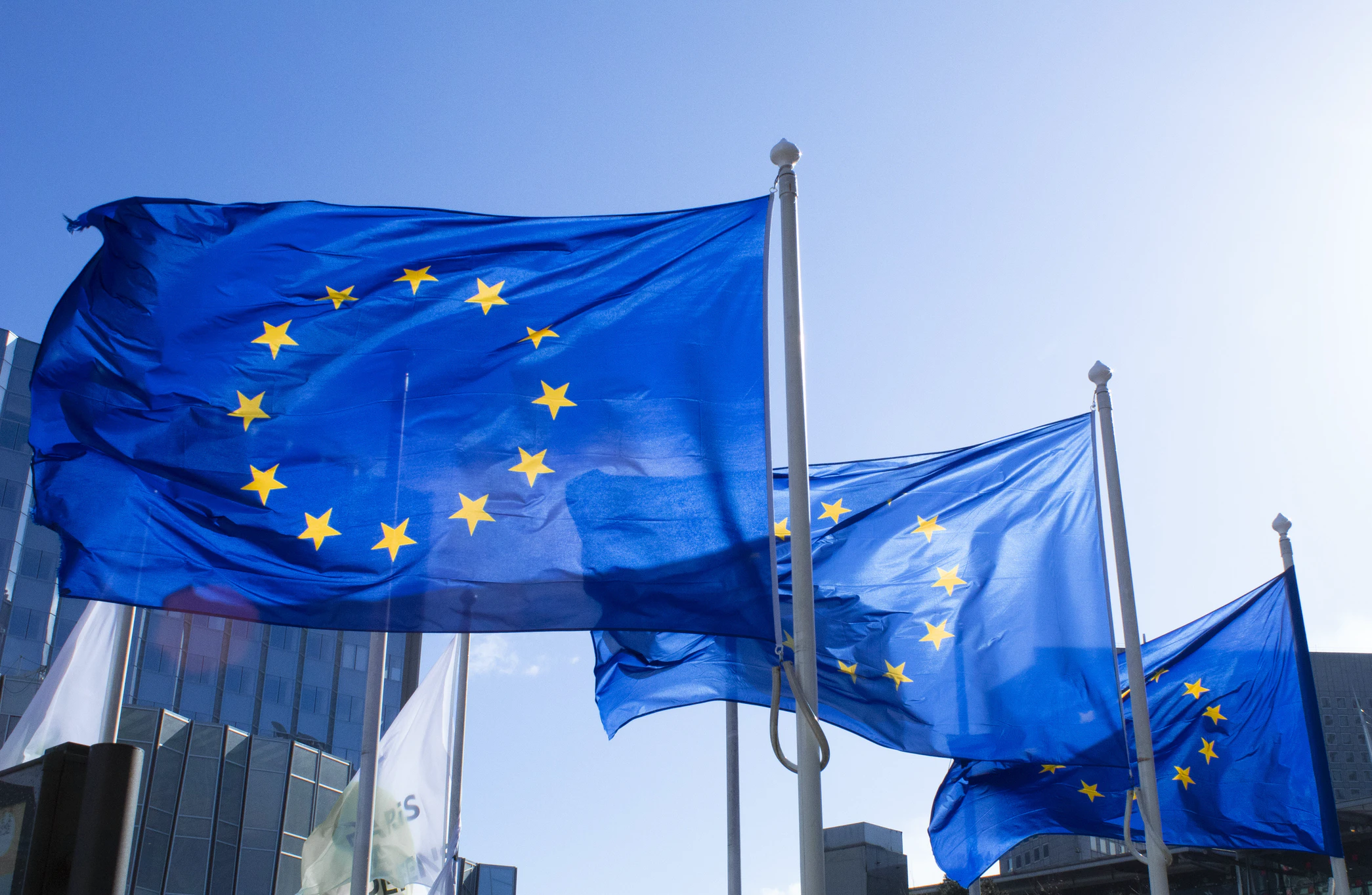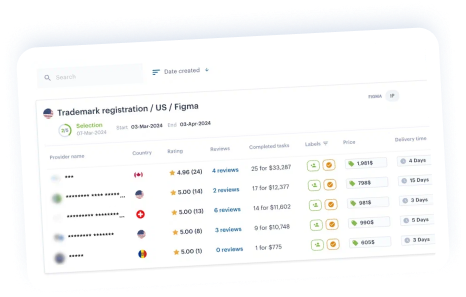If you are planning to expand your innovative business in the European Union (EU), you may want to consider protecting your intellectual property as a valuable asset. Whether you sell your goods over the internet or manufacture in one of the European countries, IP protection can help ensure that your business is protected.
This article explains what you need to do to register a patent in the EU.
What are my options?
Before the European Patent Convention came into force in 1977 , if you wanted IP protection across Europe, you had to file separate applications with each European national patent office. But today, you can file a single European patent application to obtain a European patent that is recognised in multiple countries.
Therefore, if you only need IP protection in one or two European countries, registering your patent at national level is your best choice. Here is a list of local patent offices you can use to file your application .
If you are looking for patent protection in several European countries or across the EU, you may consider registering a so-called European patent with the European Patent Office (EPO). Keep in mind that the European patent must be validated by the national patent office of each country where you want patent protection.
Essentially, if you need patent protection in three or more EU countries, it will be cheaper to register a European patent than to apply for individual national patents. Once granted, a European patent has legal effect in the countries you choose. The validity period of a European patent is 20 years from the date of application.
Preparation and application
First, you need to make sure your invention is patentable – that is, it must be novel, have industrial applicability, and contain “inventive steps.” Before filing, consider conducting a preliminary patent search to exclude patents on technologies that already exist.
To establish a filing date, you must provide the European Patent Office (EPO) with the following documents:
- Request for patent issue;
- Description of the invention;
- Information about the applicant;
- Search requests.
Applications to the EPO can be filed in any language, but if it is not one of the official languages (English, French or German), a translation must also be submitted.
When you apply, you will need to pay a fee, after which your application will be given an ID and a filing date.
Screening and Searching
After a filing date is set, the EPO will examine the document to see whether it complies with formality requirements, such as the form and content of the request, information about the inventor, any drawings and abstract provided, etc.
A patent search aims to find all documents relevant to assess the novelty of an invention. The search is based on the claims, but also takes into account the description of the invention and drawings, if provided. A search report is sent to the applicant together with copies of the cited documents and a preliminary conclusion as to whether the application complies with the requirements of the EPC.
Within six months of the publication of the search report, the applicant must request a detailed examination of his or her European patent application.
Disclosure and detailed review
The application will be published along with the search report 18 months after the date of filing, except that publication may be accelerated if requested by the applicant and all fees have been paid and all documentation is in order.
Within six months from the stated date of publication of the European Patent Report, the applicant must request a substantive examination of the invention and pay the fees for patenting in the countries of interest. After this, new countries cannot be identified.
During the detailed examination, the EPO checks whether your application and your invention meet the requirements of the European Patent Convention. The examination team usually consists of three examiners, one of whom may contact you or your authorised representative regarding the current situation or any objections.
If the examination team finally agrees that your invention is patentable, a patent will be granted. Information about the patent will then be included in the European Patent Report. The grant decision comes into effect from the date of this publication.
Validation by the National Patent Office
After a patent is granted by the EPO, it must be validated in each designated country. Some countries may also require a translation of the patent specification in an official language of the national patent office to be submitted by a certain date and a fee to be paid.
Once a European patent is granted, it becomes a set of separate national IP rights. In each country, you will need to pay annual renewal fees to keep the relevant patent rights valid. You can also decide to abandon your patent rights in one or more countries while retaining your rights in others.
The iPNOTE platform features over 700 IP law firms covering over 150 countries, and with our flexible filtering system you can always find the right direct service provider. Check out our directory of European providers .
Sign up for free and we’ll help you solve any IP problem.
Efficiently navigating the patent process includes skillfully responding to patent office actions , a critical step toward potential success leading to a notice of allowance and grant of a patent.






